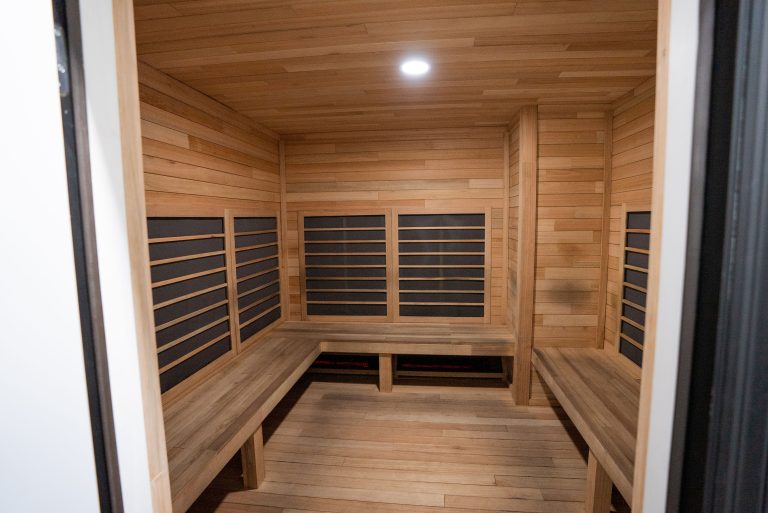Elite Downtown Residence is an off-plan real estate in Dubai consisting of a 29-storey housing estate right in the heart of the metropolis, the area also known as Downtown. The complex is attractive for residents with children and businessmen to the same degree. The key information about the project, its location, and schools nearby is in the article below. Residential complex Elite Downtown Residences in Dubai This estate was created specifically for choosy customers. This is a masterpiece building in the middle of the city and a project that blends a high standard of life with affordable prices for this segment. The housing estate is a 29-storey tower with elite apartments and a number of amenities like a swimming pool, a premium fitness room, and much more. Apartments with premium finishes and top-class amenities will be included as well. Key Specifications So, the main things you should know about Elite Downtown Residences are: An overview Construction of Elite Downtown Residences began in 2017. This is a project of Triplanet Range Investments Ltd. The main architect is Barajeel Engineering Consultants. TMF Euro Foundations is responsible for the design. The project was launched in 2015. Location The complex is situated right next to the iconic Southridge Towers in Business Bay. Not only businessmen working in the neighbouring business districts will appreciate this location. Connoisseurs of aesthetics will be pleased with magnificent views of the city’s fountains and the famous Burj Khalifa skyscraper, the gem of the urban landscape. The Business Bay community lies along the Dubai Water Canal, a water route that flows out of the Creek in Deira and goes to sea again at Jumeirah Beach, just 1.5 km away from the Burj Khalifa, the highest building in the whole world. The developing Business Bay includes 6 million square meters of housing projects. The community has shown itself as the emirate’s new business center with office and residential towers, well-maintained gardens, and highway and waterway networks. This forward-looking district draws businessmen and investors from all over the world. At the same time, it gains fame as a comfortable neighborhood for family life. The building is situated in one of the city’s trendiest neighborhoods. The best residential skyscrapers can be found in this lavish district, along with a variety of places for relaxation, shopping, and entertainment such the Dubai Mall, the Dubai Fountain, and the Dubai Opera. The Elite Downtown Residences provide some of the most inexpensive housing in one of the most prestigious areas of the city. If you want to live in the posh Downtown Dubai, you don’t have to sacrifice your financial stability. You can get to important areas, places, and facilities in a matter of minutes from here: Major attractions: Family attractions There are a number of entertainment venues and attractions for families to enjoy near the complex, like: Local schools Numerous educational institutions are situated nearby to Elite Downtown Residences, like Global Indian International School Dubai or GEMS Our Own Indian School. These schools are about 2.4 km away from the complex. Eight neighboгring schools, such as Horizon English School Dubai and Jumeirah English Speaking School, have obtained one of the two highest inspection ratings from the Government: “Very Good” or “Excellent” in terms of academic performance. Apartments for sale off-plan in Dubai Elite Downtown offers a choice of studios, fully furnished one-, two- and three-bedroom configuration options with balconies and stunning city views, as well as the Dubai Fountain and the Burj Khalifa views. Investors and future residents will be able to select apartments ranging from 46 sq. m to over 280 sq. m, as well as spacious suites, and apartments with balconies. Elite Downtown, in the center of the city, provides a great lifestyle and ideal living conditions. Downtown is one of the most iconic world’s places. It features nicely designed residential towers. Residents will have the opportunity to enjoy great shopping opportunities, including the famous Dubai Mall, as well as leisure and entertainment. Amenities The main features of the apartments are: Unit sizes and prices Investment appeal Frequently Asked Questions – Where is the housing estate located? It is situated in Downtown Dubai. – What is the initial value of Elite Downtown Residence? The starting price for premium apartments is 900,000 euros. – What amenities are available? Central air conditioning, covered parking lots, a gym, security service, as well as a swimming pool. – What views does Elite Downtown Residence provide? Views of the Burj Khalifa, the city, the fountain, and the pool. A selection of off-plan projects in Dubai Start your house hunting and compare prices throughout the city today! Details are on the website: https://elite-downtown-residence.ae/.














